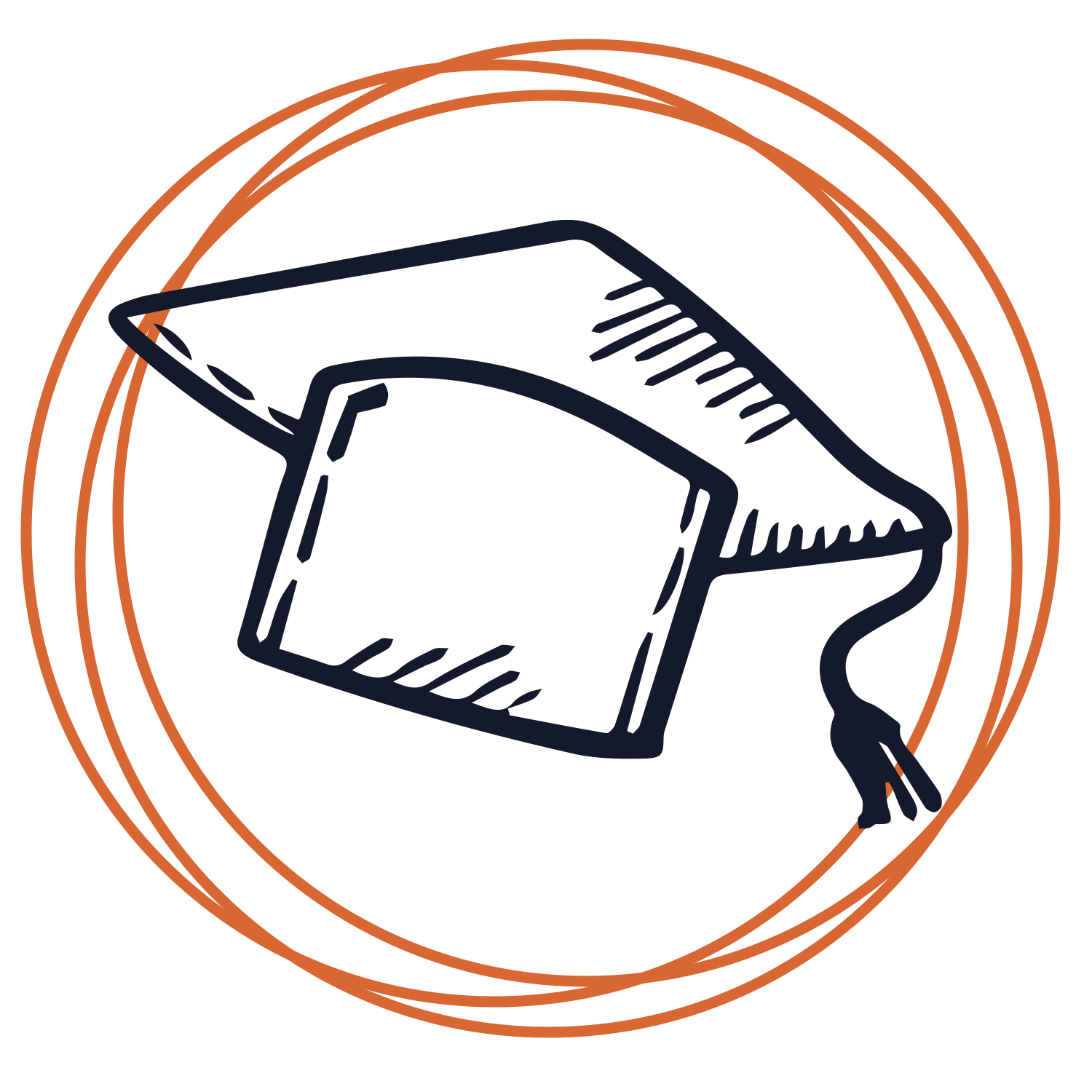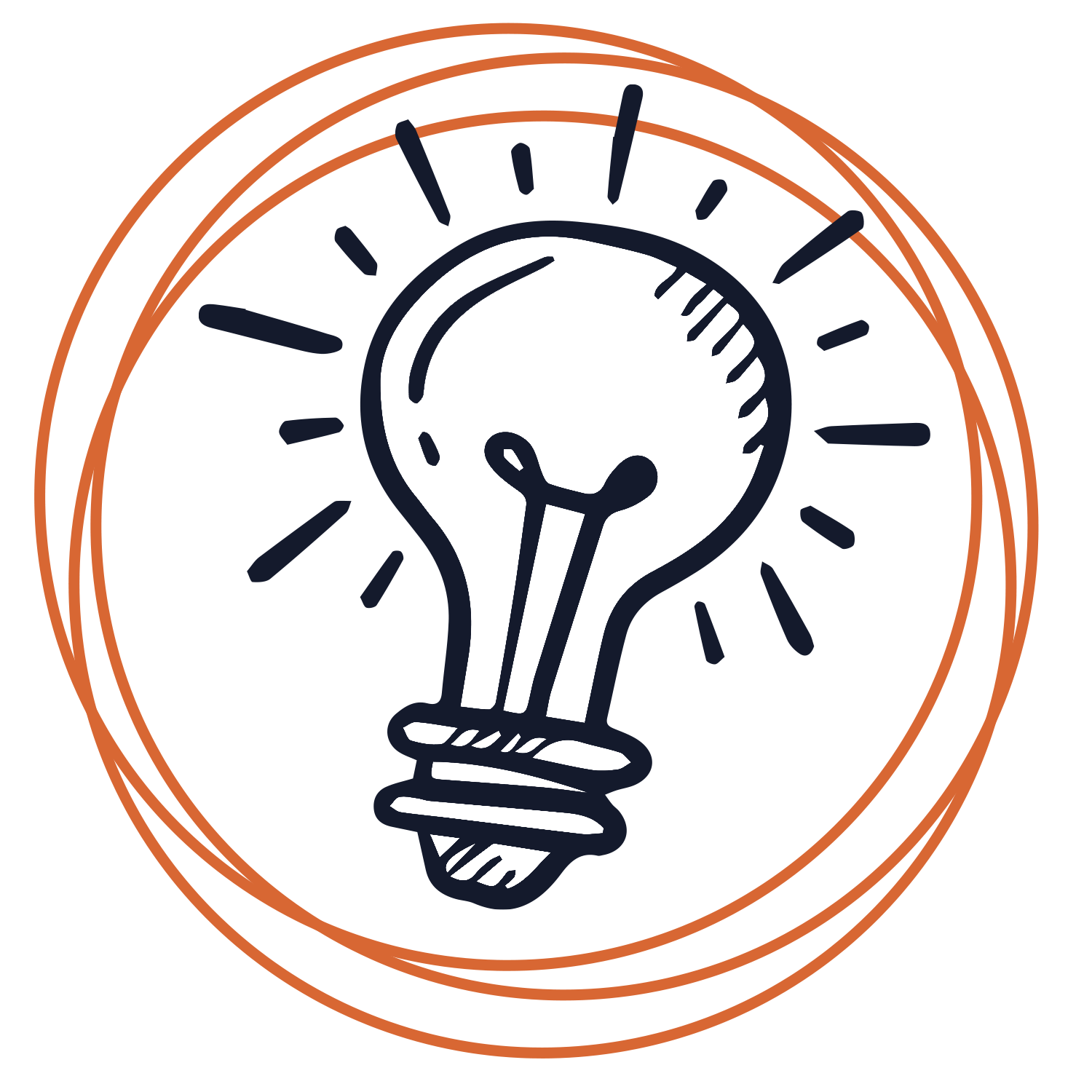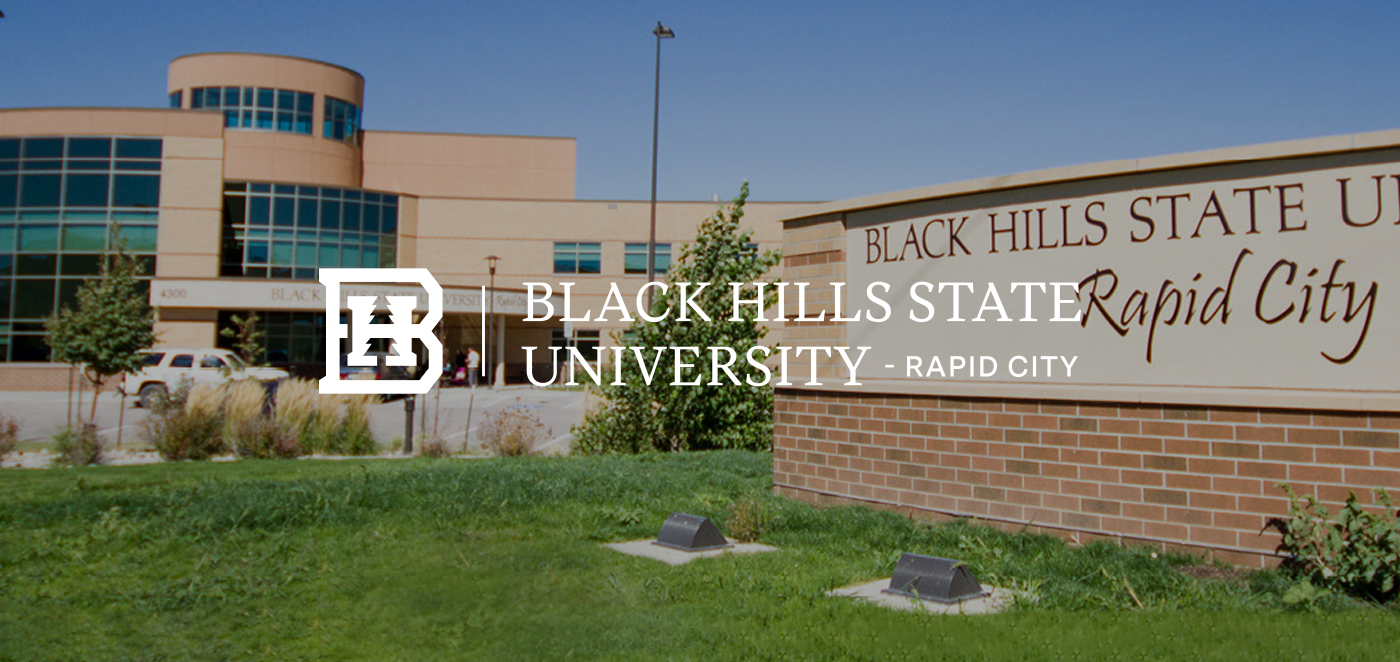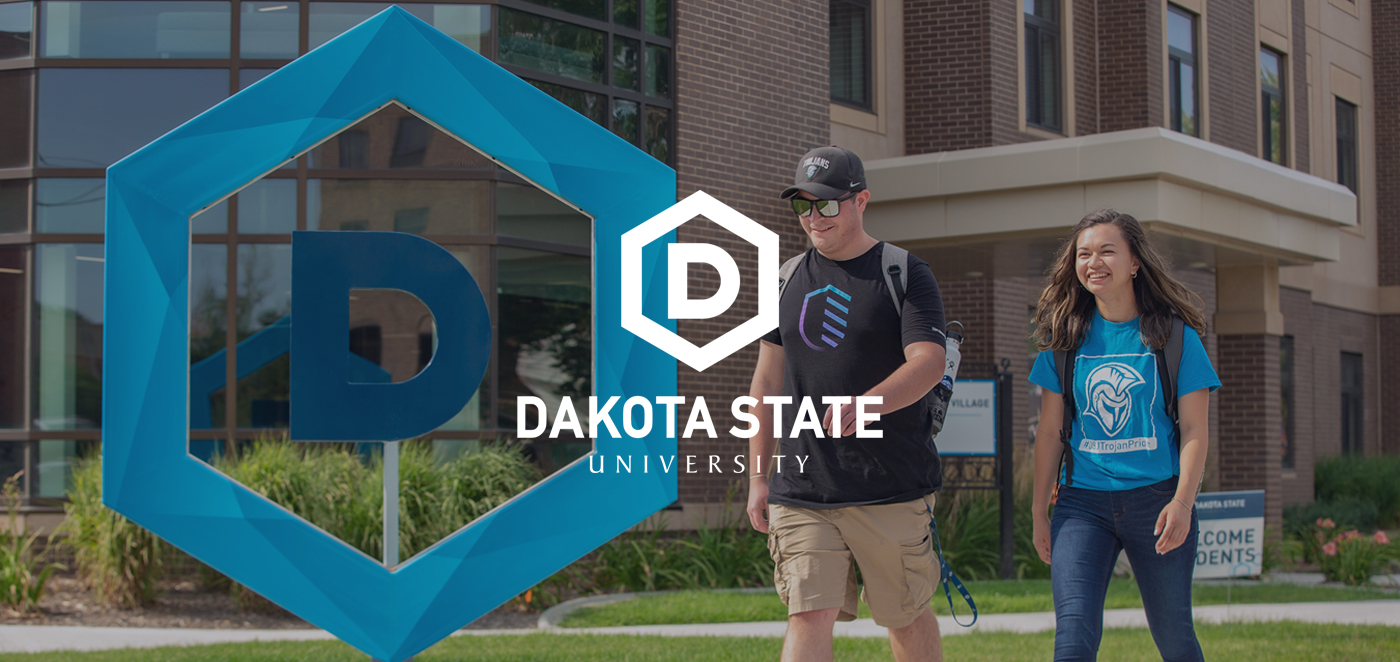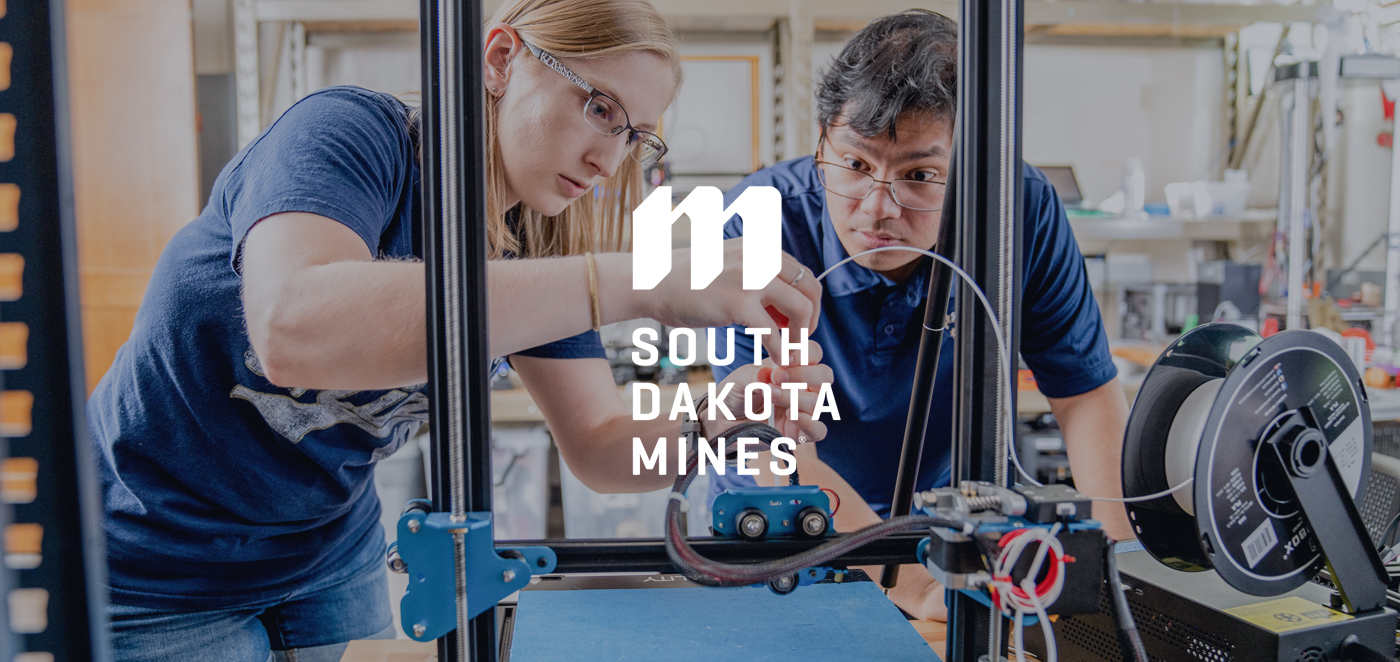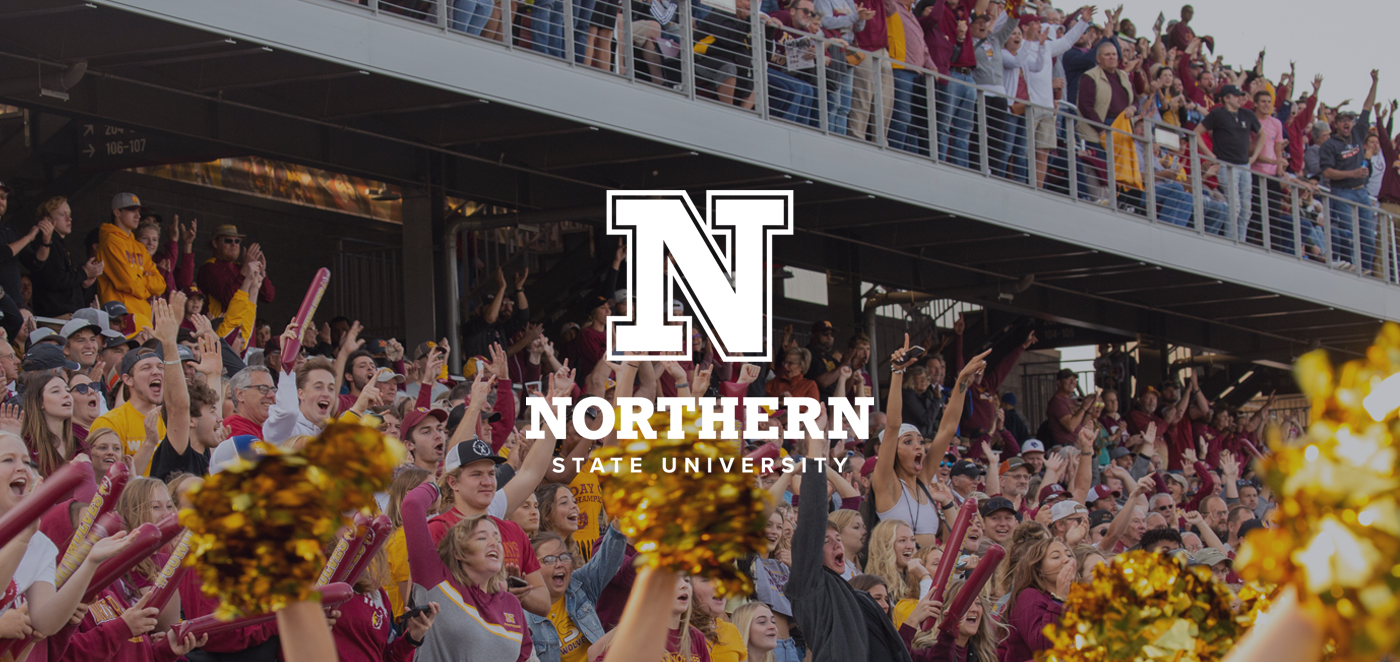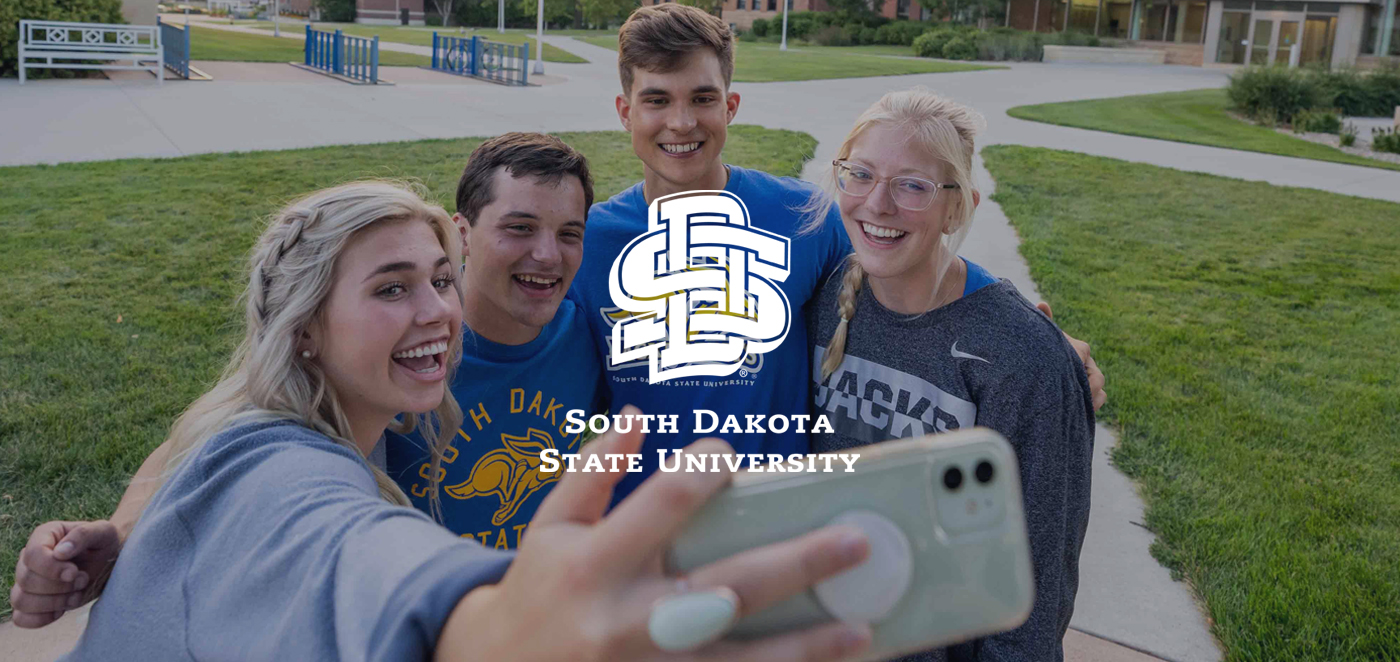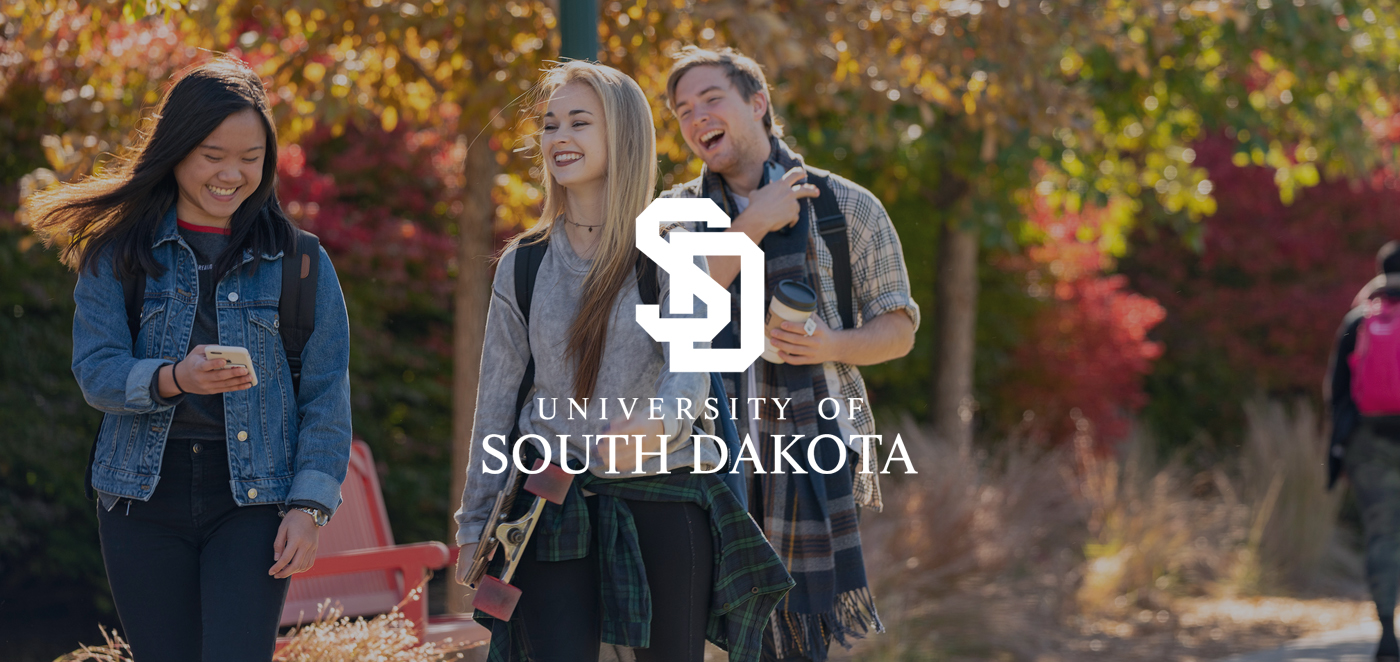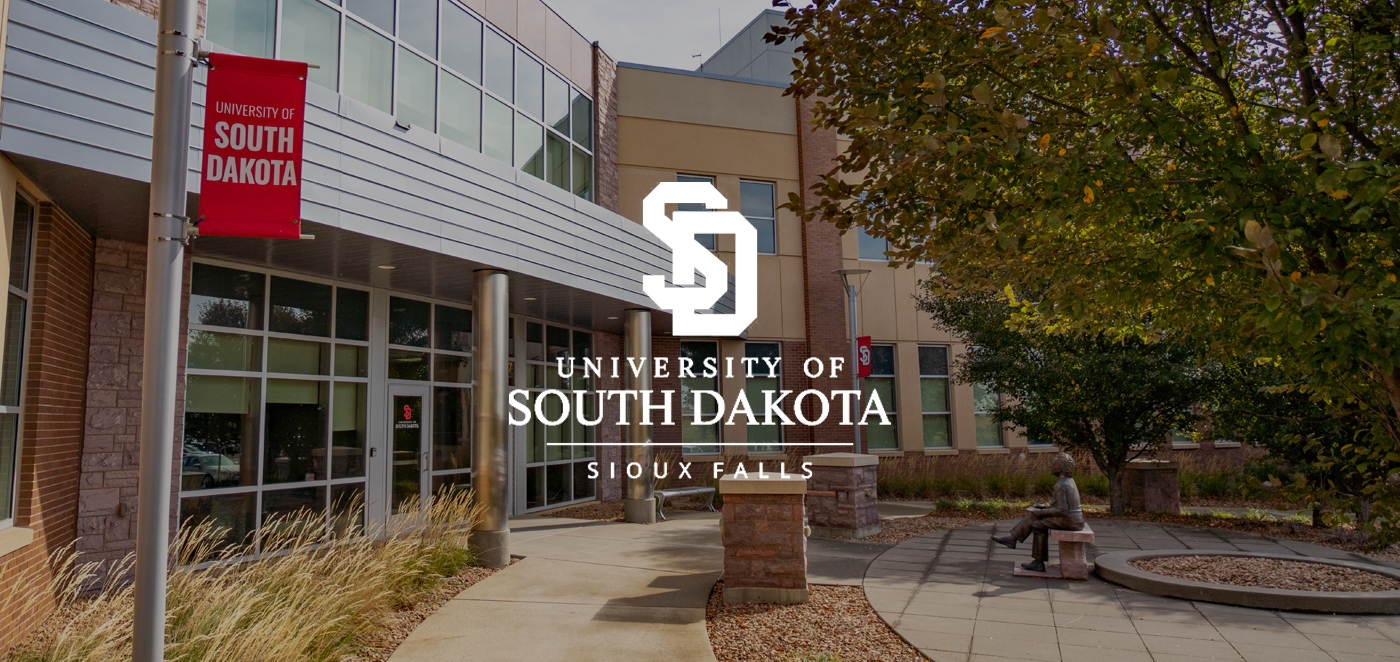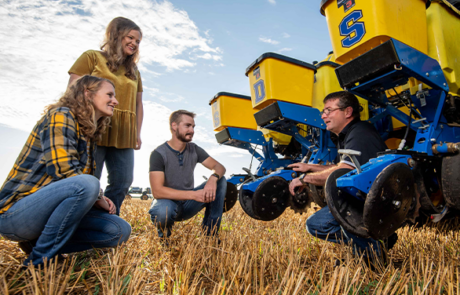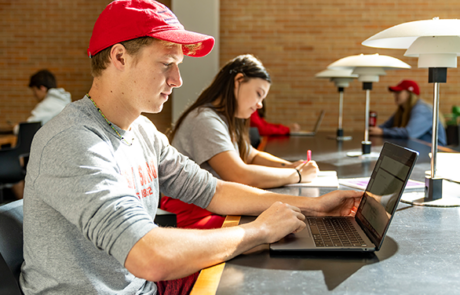FASTTRACK Admission
South Dakota’s Public University Direct Admissions Program
Attending a four-year university is a significant step towards a bright and successful future. Through the South Dakota Board of Regents Fast Track Admission Pilot Program, we’re simplifying the traditional application process for our state universities. Currently, eligible students from Aberdeen, Sioux Falls, and Spearfish public high schools can participate in the pilot program.
Based on academic achievements, students can now be directly admitted to some or all of the following institutions:
-
Black Hills State University – Spearfish
-
Black Hills State University – Rapid City (non-residential)
-
Dakota State University – Madison
-
Northern State University – Aberdeen
-
South Dakota Mines – Rapid City
-
South Dakota State University – Brookings
-
University of South Dakota – Vermillion
-
University of South Dakota – Sioux Falls (non-residential)
Eligible students will receive notification about the universities they could be directly admitted to as early as their junior year in high school. From there, students can identify which universities, degrees, or careers they may be interested in. Our campus teams will work with the students every step of the way to ensure they have the resources they need to make well-informed decisions.
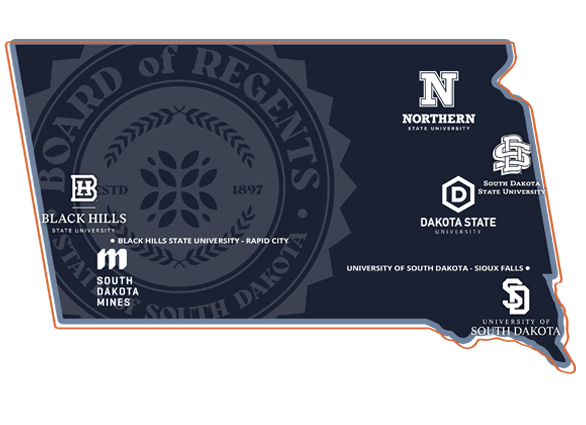

EXPLORE OUR SCHOOLS | Students are encouraged to learn more about all of our universities and what makes them unique. Whether you are interested in health sciences, education, business, engineering or fine arts there are programs and opportunities for all students!
Fast Track Admission Resources
The college process doesn’t need to be intimidating! There are many resources to help you feel prepared, confident and excited about the future.

Students
Educators
“When I travel around the country, meeting with students, businesspeople, and others interested in the economy, I am occasionally asked for investment advice… I know the answer to the question, and I will share it with you today:
Education is the Best Investment.”
Education is the Best Investment.”
– Former Federal Reserve Chair Ben Bernanke
The Benefits of College
South Dakota’s public universities offer an excellent education with big benefits! Choosing the right path after high school is a pivotal decision that shapes your future. A South Dakota public university education offers a wealth of opportunities that go beyond the classroom. Here’s why attending any of our schools can be one of the best decisions you’ll ever make:

